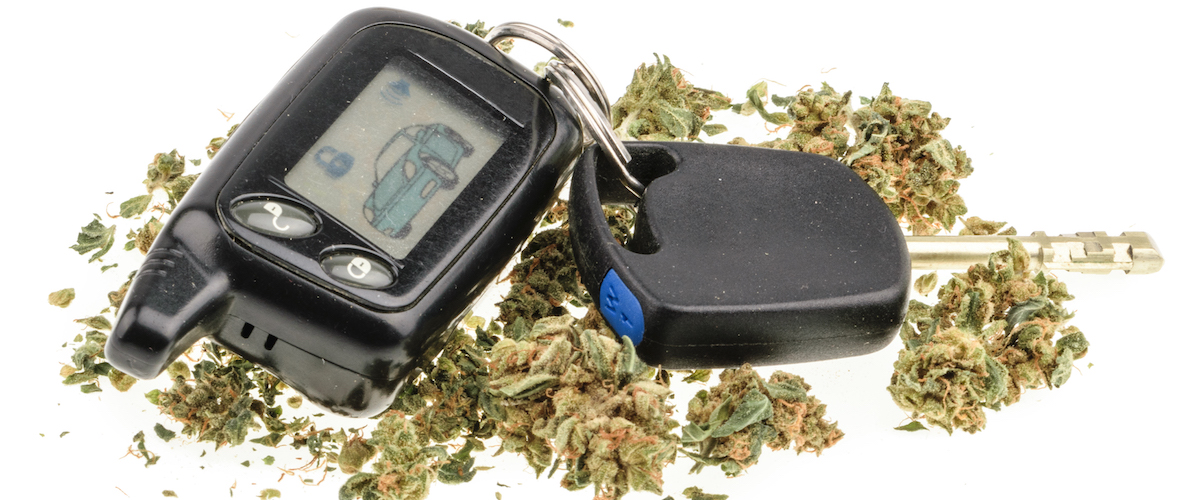Investigations into marijuana’s effect on the brain have been ongoing for years at the Institute of Living’s Olin Neuropsychiatry Research Center, where Connecticut’s legalization of recreational marijuana coincides with new probes into stoned drivers.
Dr. Godfrey Pearlson, Olin’s Director, said people always ask how dangerous it is to drive after smoking marijuana.
“In general, the risk of a car accident within two hours of smoking a joint are double,” he said. “But compare that to someone with a blood alcohol level of 0.1, which is three to four drinks. That risk is 20 times that of a sober driver.”
More challenging, Dr. Pearlson said, is knowing if a driver is impaired by marijuana. His team has studied techniques for law enforcement and are currently analyzing data from 24 research subjects in their latest investigation.
All subjects showed some impairment when asked to complete cognitive tests like mazes, stay balanced with their eyes closed, and complete tasks quickly. That, however, doesn’t translate into an inability to drive safely, Dr. Pearlson said.
“We are analyzing information to determine the correlation between impairment on these tests and its impact on driving,” he said.
Blood tests, which can accurately pinpoint a person’s alcohol level, aren’t accurate when it comes to measurements of tetrahydrocannabinol (THC), the intoxicating element in marijuana. The substance is fat soluble and remains in the body for up to two weeks after smoking, making it an unreliable marker for impairment or even recent use, he said.
In 2022, Dr. Pearlson’s Olin team will begin testing a new device called the Hound, touted by its manufacturer as the marijuana Breathalyzer.
“The claim is that it picks up THC on a person’s breath, indicating that they smoked recently,” Dr. Pearlson said.
His team also recently received a grant from the National Highway Traffic Safety Administration for dual testing of alcohol and marijuana use in drivers. What many don’t understand, Dr. Pearlson said, is that consuming a little bit of alcohol and a little bit of marijuana at the same time can yield highly intoxicating results.
“It’s not about A plus B, it’s about A times B,” he noted, adding that, “they seem to be worse together. They boost each other, multiplying the effect of the other substance.”
If smoking marijuana alone, a person should wait about four hours before driving. It takes that long, Dr. Pearlson said, to “return to baseline.” But marijuana edibles, which take about 40 minutes longer to be felt after consumption, have a significantly longer-lasting effect.
Marijuana’s THC level, or potency, also determines a person’s incapacity to drive, he said. Products at marijuana dispensaries have labels that tell buyers their THC level.
Dr. Pearlson, the author of “Weed Science,” also cautioned people to wait until their mid-20s to start consuming marijuana. Substances in marijuana, especially THC, can interfere with brain growth that normally continues several years past the age of 21, which the new law established as the minimum age to buy and possess marijuana.
“There’s an increase in cases of schizophrenia and possibly intellectual or IQ deficiencies in people who start smoking marijuana too young. The brains of people at or over the age of 24 are much less vulnerable,” Dr. Pearlson said.
For more information about research at Olin, click here. To learn more about “Weed Science,” click here.


